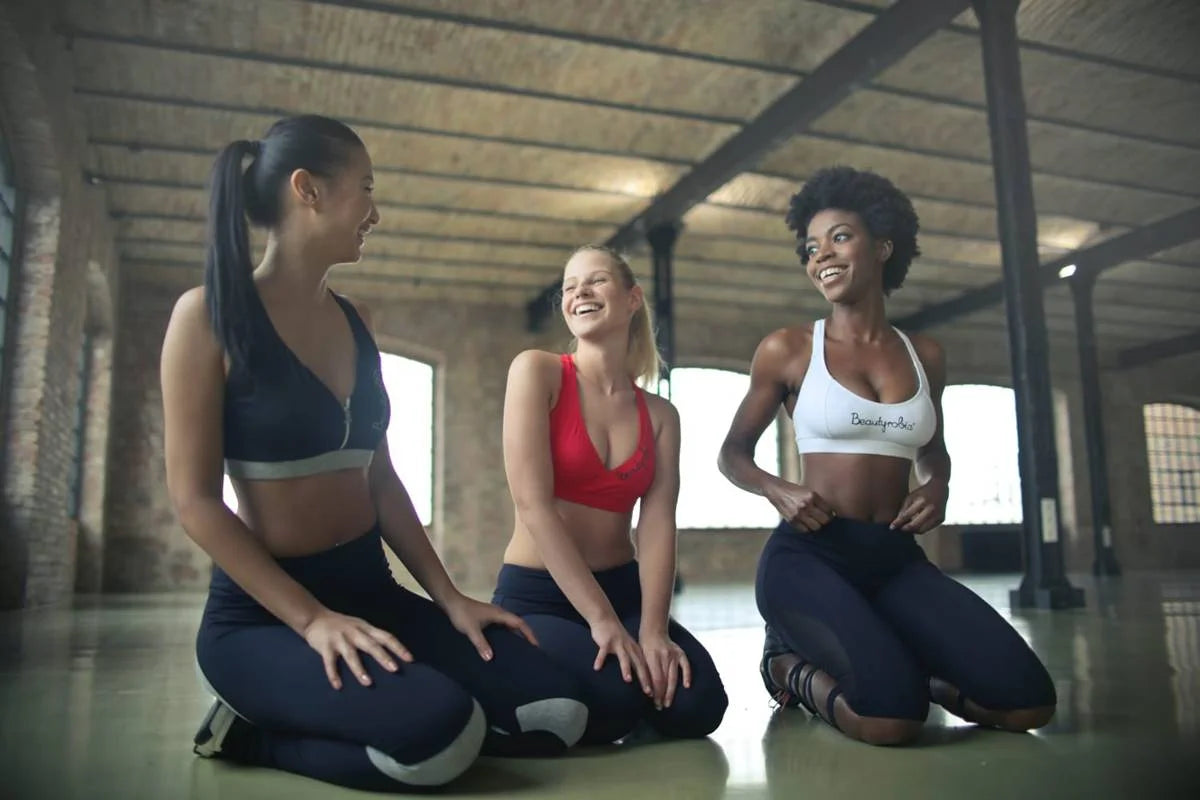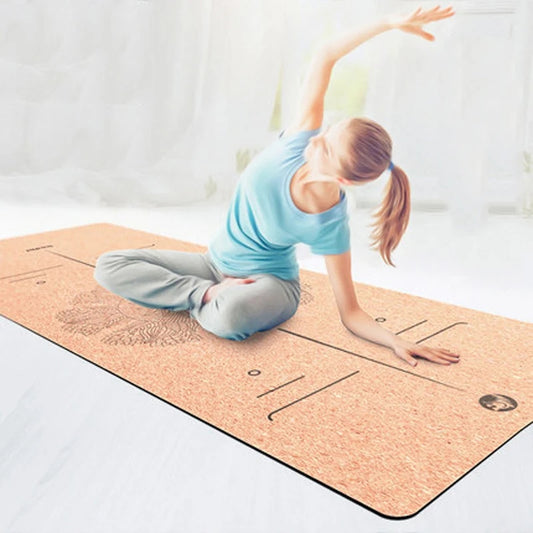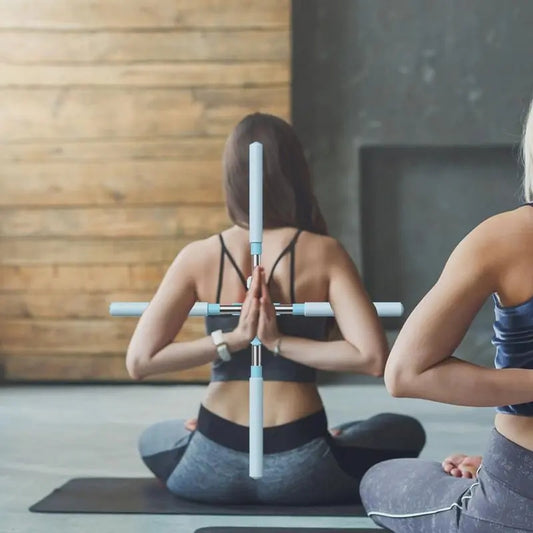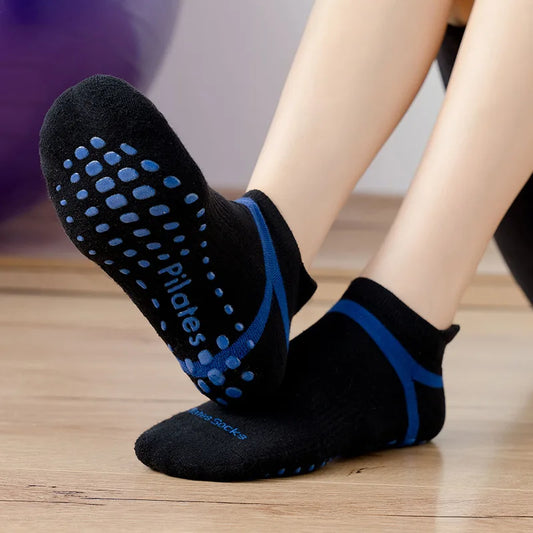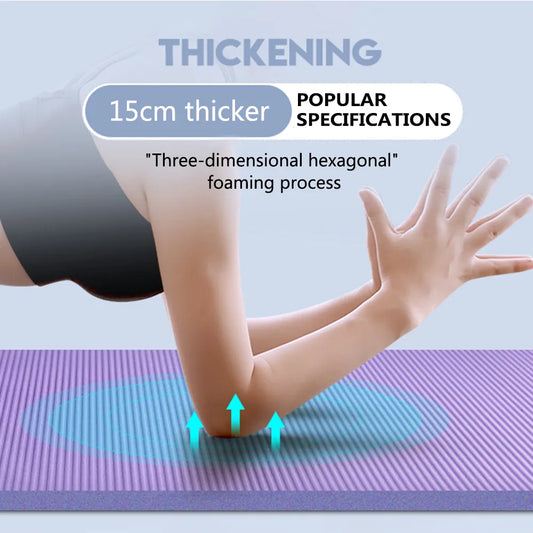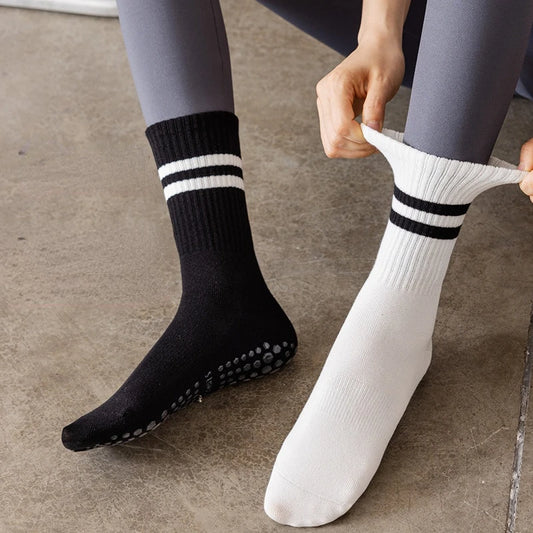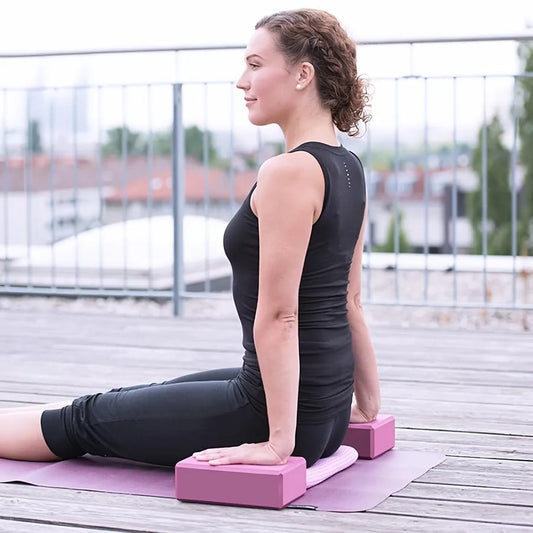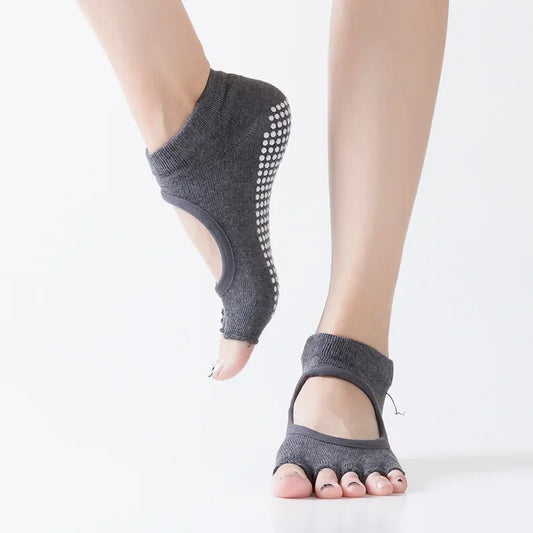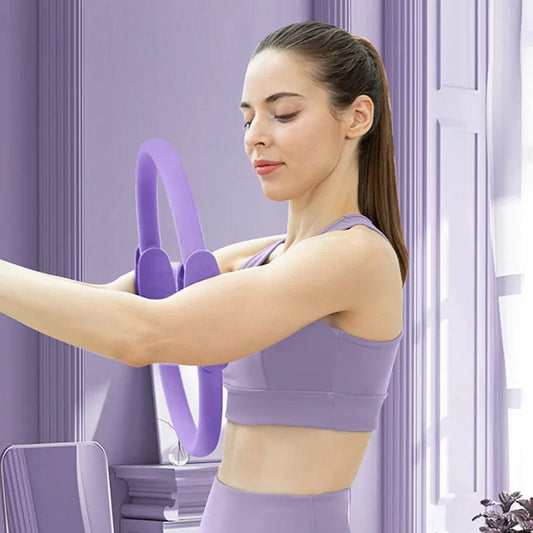Pigeon position, known as Kapotasana in Sanskrit, is a deep hip-opening yoga posture that can help increase flexibility and release tension in the hips.
There are several variations of Pigeon Pose, with the most common being Eka Pada Rajakapotasana (One-Legged King Pigeon Pose).
Here's how to perform the basic version of Pigeon Pose:
How to Perform Pigeon Pose (Eka Pada Rajakapotasana)
-
Start in Downward-Facing Dog:
- Begin in Downward-Facing Dog (Adho Mukha Svanasana).
-
Bring Your Right Knee Forward:
- From Downward-Facing Dog, bring your right knee forward and place it behind your right wrist.
- Angle your right shin so that your right foot is in front of your left hip. The closer your right foot is to your left hip, the less intense the stretch; the more parallel your shin is to the front of the mat, the deeper the stretch.
-
Extend Your Left Leg:
- Slide your left leg back, straightening the knee and lowering the front of the thigh to the floor.
- Keep your left leg extended straight behind you, with the top of the foot resting on the mat and your toes pointing back.
-
Square Your Hips:
- Square your hips toward the front of the mat. You can place a folded blanket or block under your right hip if you need support to keep your hips level.
-
Lengthen Your Spine:
- Inhale and lengthen your spine, keeping your torso upright. You can stay here with your hands on the floor for support.
-
Fold Forward (Optional):
- For a deeper stretch, exhale and slowly walk your hands forward, lowering your torso over your right leg.
- You can rest your forearms on the mat or extend your arms fully in front of you and rest your forehead on the mat.
-
Hold the Pose:
- Hold the pose for 5-10 breaths, or longer if comfortable, breathing deeply and allowing your hips to release tension.
-
Switch Sides:
- To release the pose, press into your hands, lift your torso, and step back into Downward-Facing Dog.
- Repeat the pose on the other side by bringing your left knee forward.
Tips for Pigeon Pose
- Use Props: Use a folded blanket or block under your hip if it doesn’t reach the floor to keep your hips square and provide support.
- Alignment: Ensure your back leg is extended straight behind you and not angled to the side.
- Breathe Deeply: Focus on deep, even breaths to help release tension and deepen the stretch.
- Go Slow: Move into the pose slowly and mindfully, listening to your body to avoid overstretching.
Benefits of Pigeon Pose
- Hip Opener: Deeply stretches the hip flexors and rotators.
- Relieves Tension: Releases tension in the lower back and hips.
- Improves Flexibility: Enhances flexibility in the hips, groin, and lower back.
- Stimulates Internal Organs: Compresses the digestive organs, which can help with digestion.
- Emotional Release: Can help release stored emotions and stress held in the hips.
Contraindications
- Knee or Hip Injuries: Avoid Pigeon Pose if you have any knee or hip injuries or pain.
- Tight Hips: If your hips are very tight, you may need to modify the pose or use props for support.
- Pregnancy: Pregnant women should consult their doctor before attempting this pose and may need to modify it.
Pigeon Pose is a powerful hip-opening pose that provides deep physical and emotional benefits. Always approach this pose with care, patience, and respect for your body's limits.






